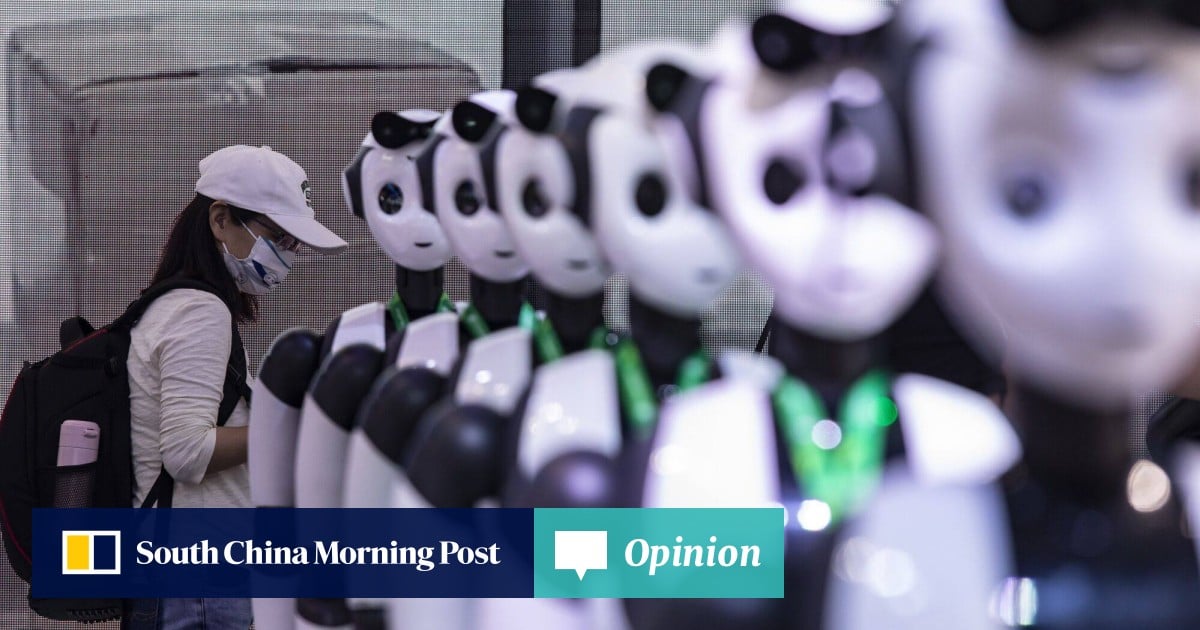Embodied AI technologies encapsulate two major areas, the robotic “brain” empowered by AI foundation models and cloud computing platforms, and the robotic “body” which includes the integrated hardware and computing components.
The core components of the embodied AI supply chain include 3D vision sensors, force sensors to measure the force exerted on or by a robot, and micro-drive systems, which are miniature motors and actuators that enable precise movements and controls.
To gauge the embodied AI supply chain distribution, we identified the leading supplies from the United States, Europe, Japan and China in each of these categories. The results reveal that China commands 38 per cent of the supply chain, with the US, Europe and Japan commanding 26 per cent, 24 per cent and 12 per cent respectively.
Furthermore, an intriguing aspect of our analysis reveals that the Greater Bay Area accounts for over 55 per cent of China’s embodied AI supply chain. Remarkably, if considered on its own, the Greater Bay Area would command 24 per cent of the global embodied AI supply chain, on a par with Europe and surpassing Japan.
China has 12½ times more robots in its workforce than experts expected: report
China has 12½ times more robots in its workforce than experts expected: report
In summary, the global race towards embodied AI underscores a pivotal transformation in how societies will navigate the autonomy economy. China’s Greater Bay Area is developing into the epicentre of the embodied AI supply chain, with not only a sophisticated and mature supply chain, but also tech giants to drive the development of advanced AI technologies.
To secure a competitive edge in the embodied AI race, China should focus on the development of embodied AI in the Greater Bay Area and amplify investments in AI foundation models and AI chips.
Dr Shaoshan Liu is a member of the ACM US Technology Policy Committee, and a member of the US National Academy of Public Administration’s Technology Leadership Panel Advisory Group
Dr Ding Ning is the managing dean of the Shenzhen Institute of Artificial Intelligence and Robotics for Society (AIRS)






![[Watch] Alex Jones Vows To Challenge ‘The Onion’ After It Buys ‘Infowars’ With The Help Of Sandy Hook Families [Watch] Alex Jones Vows To Challenge ‘The Onion’ After It Buys ‘Infowars’ With The Help Of Sandy Hook Families](https://d.ibtimes.co.uk/en/full/1731739/alex-jones.png)
